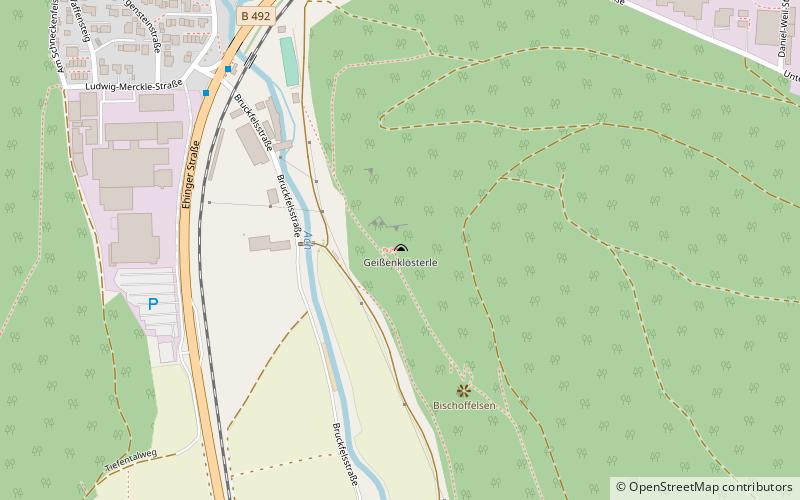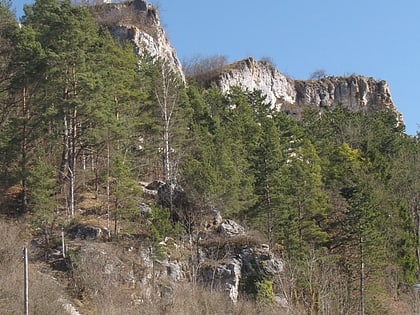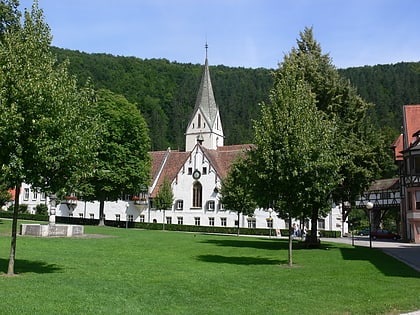Geißenklösterle


Facts and practical information
Geißenklösterle Cave, located in the Swabian Jura of southern Germany, is an archaeological site of significant importance. This prehistoric cave has provided a rich tapestry of insights into the lives of early modern humans, particularly the Aurignacian culture, which dates back approximately 43,000 to 32,000 years ago.
The cave was first excavated in the late 20th century and quickly rose to prominence as an exceptional source of information on the early Upper Paleolithic era. Artifacts such as bone flutes, which are among the oldest known musical instruments in the world, and ivory figurines have been unearthed here, offering a unique window into the artistic and musical expressions of our ancestors.
Geißenklösterle is part of a series of caves in the region that have been recognized as a UNESCO World Heritage Site, highlighting their contribution to our understanding of human prehistory. The discoveries made here have challenged previous timelines of human migration and cultural development in Europe, marking the site as a pivotal location for the study of early human history.
Geißenklösterle – popular in the area (distance from the attraction)
Nearby attractions include: Küssende Sau, Brillenhöhle, Blautopf, Ruckenkreuz.







